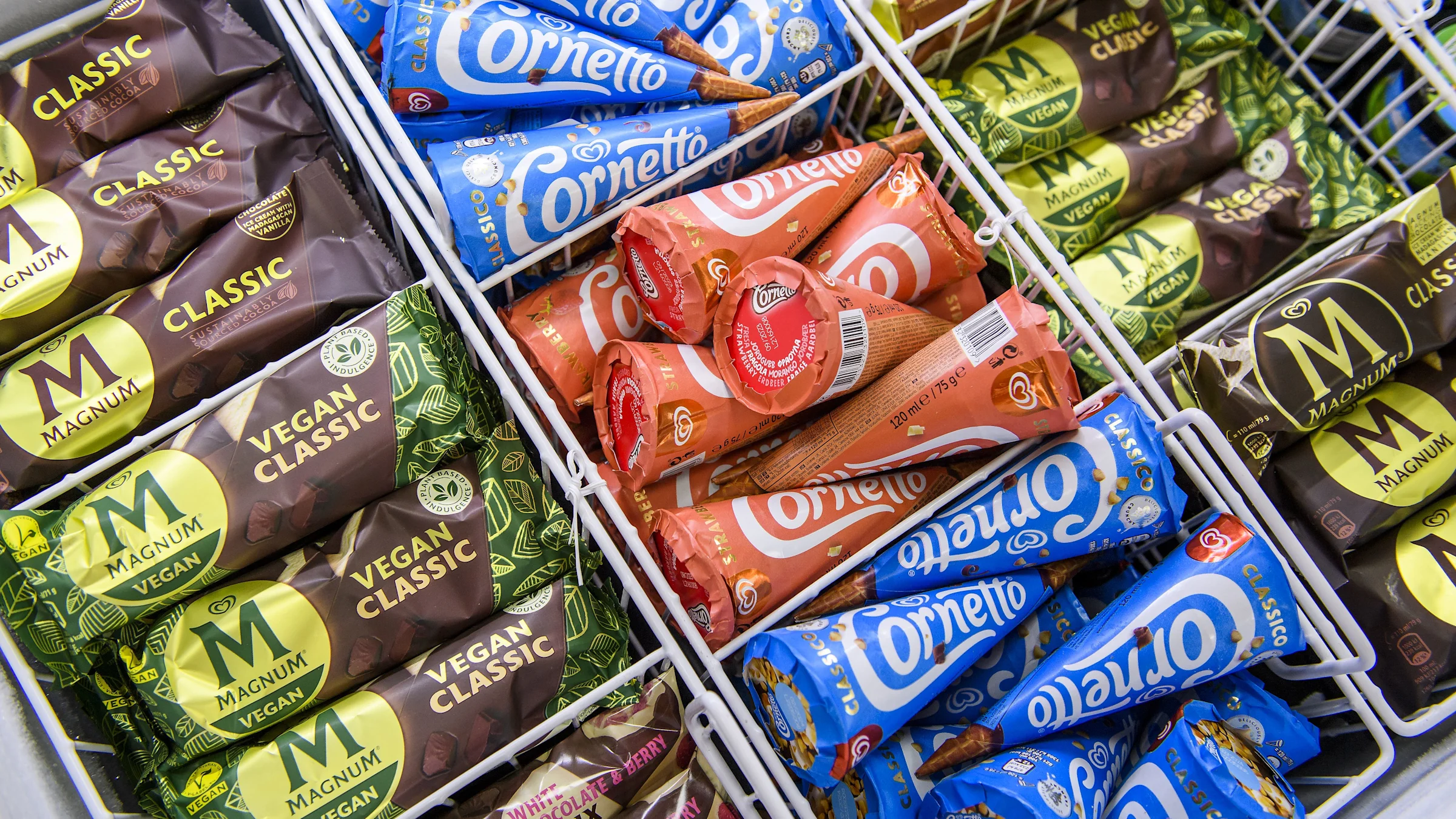Copyright scmp

Relaxed visa rules, arts and cultural events, alongside landmark tourist destinations, have become new drivers for Shanghai’s economy as a surge in inbound travellers bolsters retail sales. The financial and commercial hub of mainland China attracted 5.5 million overseas tourists between January and August, up 37 per cent year on year, offering a much-needed boost to the city’s gross domestic product (GDP), which outpaced national growth for the first time in nearly a decade. Zhang Yina, director of a consumer market big-data lab at Fudan University that is backed by the Ministry of Commerce, said that an influx of foreign travellers buoyed by eased visa requirements and world-class arts shows like symphonies and operas had lived up to the city government’s expectations. “The ultimate goal for Shanghai is to take advantage of inbound tourism to create a sustainable business formula,” said Zhang, a professor who also advises the central and local governments. “Eventually, Shanghai’s role as a major international tourist destination needs to be strengthened.” Zhang made the remarks after Shanghai, once the economic locomotive of the mainland, reported a 5.5 per cent increase in economic output during the first three quarters of 2025, compared with the national growth of 5.2 per cent. It was the first time since 2016 that the city’s economic performance had beaten the national average. Despite being the mainland’s most developed metropolis, Shanghai had refrained from heavy investment in infrastructure projects over the past decade, with its economic expansion lagging behind other provincial-level regions. Zhang Xueliang, a professor of economics at Shanghai University of Finance and Economics, said the city’s GDP numbers so far this year reflected a smooth and successful transition of its growth pattern, with new engines such as hi-tech sectors and buoyant retail sales playing a bigger-than-expected role. Shanghai mayor Gong Zheng announced a full-year GDP growth target of 5 per cent for 2025 during the annual session of the local legislature in January. “Shanghai will be able to sustain its growth in future since its economic expansion is mainly propelled by advanced manufacturing businesses and modern service industries amid a consumption upgrade,” Zhang Xueliang said. “Innovation and consumption are the twin engines to ensure a stable and sustainable economic growth.” On October 17, the city kicked off the month-long China Shanghai International Arts Festival (CSIAF), featuring 1,200 shows from operas and symphonies to ballets and musicals. The Wiener Philharmoniker, Stuttgart Ballet and American violinist Joshua Bell are among the top artists slated to appear this year. Last year, the festival welcomed 20,000 foreign tourists to see international artists such as French pianist Alexandre Kantorow and bass-baritone opera singer Bryn Terfel. Organisers of the festival also invited more than 500 institutions around the world to take part in an art trade fair from October 17 to 20 as part of the CSIAF to bring more top-notch shows to the city. The Greater Bay Area Cultural Week, featuring artworks, traditional dances and Cantonese operas, was also staged from October 18. “Cultural exchange between Shanghai and the [bay area], two dynamic regional economies, can inspire artists to create more excellent works,” said Chen Xiang, vice-chairman of the Shanghai Artists’ Association. “The Shanghai art market has been providing tremendous support to artists from the [bay area] as their works are commercially well received here.” Early this month, Gong pledged that Shanghai would remove all regulatory hurdles for foreign investors to set up manufacturing businesses in the city, a gateway for international capital to enter the mainland. He said deepened reforms had been carried out to grant overseas companies full access to the Chinese market, particularly in sectors like electric vehicles, value-added telecommunications services, biotechnology and hospitals. The city is home to Walt Disney’s Shanghai Disney Resort and Shanghai Haichang Ocean Park, the mainland’s largest marine theme park. In early July, the world’s largest Legoland theme park started operations in Shanghai. The US$550 million resort, located in the southwestern Jinshan district, could attract up to 2.4 million visitors a year.



